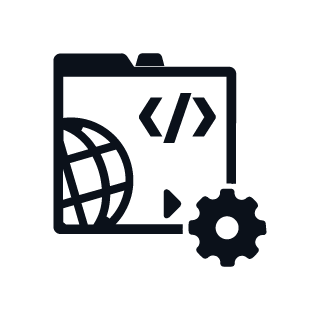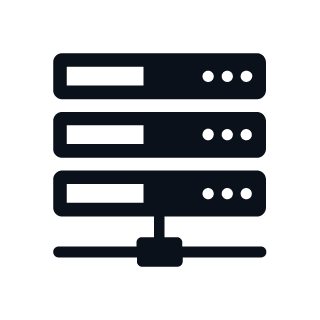
Digital
Solutions
Intelligent technologies, advanced data analytics, and process reengineering tools

Intelligent technologies, advanced data analytics, and process reengineering tools

Effectively capture and serve target market segments to differentiate your offerings

Scalable systems aligned to strategic processes to gain a competitive advantage.

Best-in-class applications and tools to highlight the path toward enterprise digital transformation

Applications built to meet the specific needs of modern insurance organizations

Technology architecture to accelerate digital transformation and help scale operations

Future-ready IT infrastructure and support services for enhanced scalability and performance

Robust assurance solutions to efficiently accelerate testing across the IT landscape

A singular, unified solution for integrating technology products across the insurance value chain
We develop and invest in technology that empowers businesses to set themselves apart from the competition.
We are dedicated to ensuring optimal efficiency and automation, helping your company to scale.
Your needs dictate our strategy, enabling us to deliver customized solutions designed to your specs.
Our latest thinking and case studies